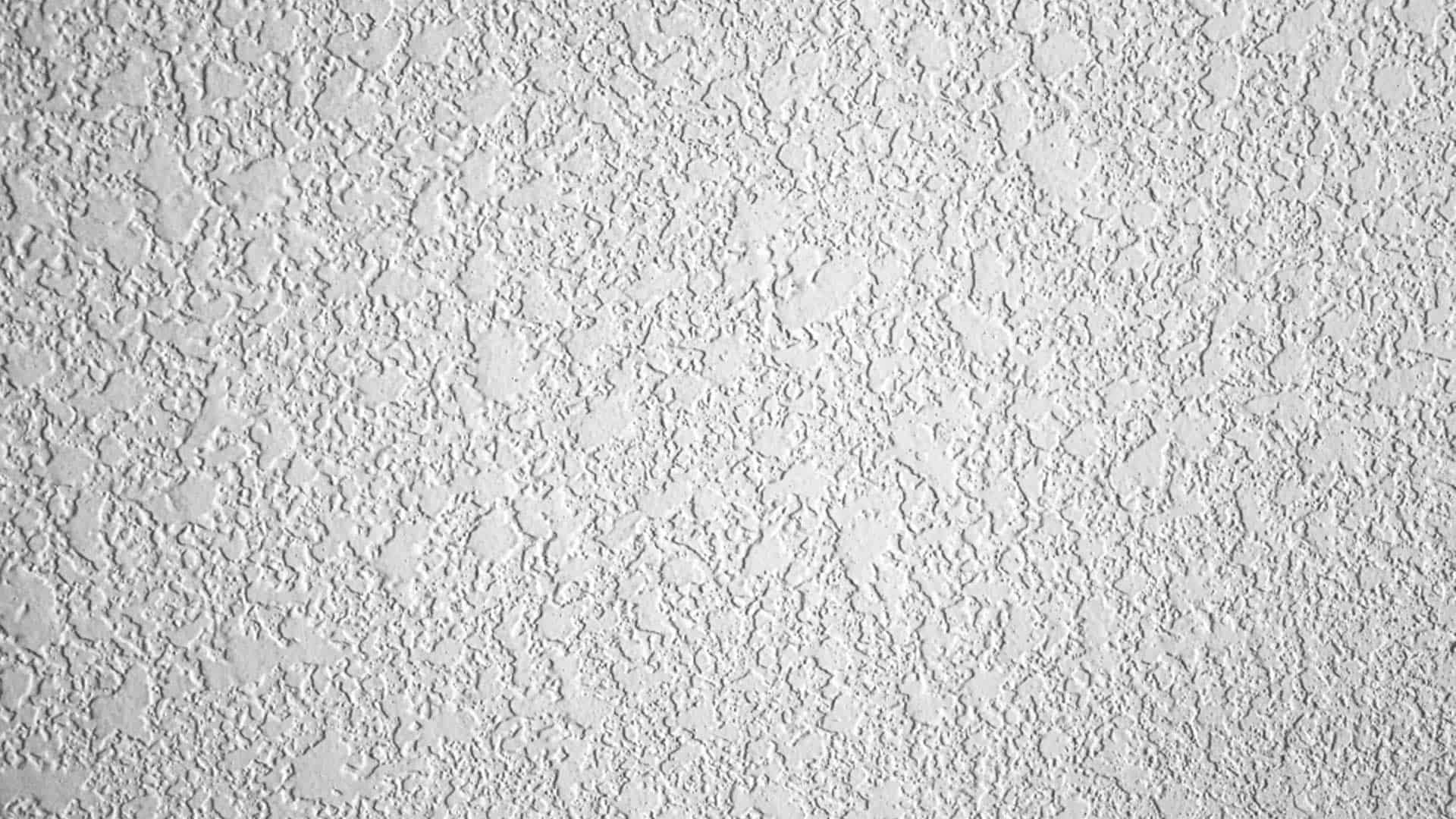Drywall comes in large sheets, typically 4 x 8 feet (longer sizes in new construction) similar to plywood. The seams where two pieces of drywall meet, or around small drywall repairs, have to be hidden. This is done with a thin layer of joint compound, that is spread over the entire drywall area. Knockdown drywall texture is one of the various ways that joint compound is finished.

Flat walls require multiple coats of join compound, to make the seams invisible. So builders have found creative ways to reduce the number of coats of joint compound, and thereby lower their construction costs.

Applying Knockdown Drywall Texture
Please don't assume this is a quick and easy job, it's not. Having watched Kenny (below) spray texture on my lower walls, to match the texture above, was amazing. He was even able to re-texture several walls where the original builder mud work was so poor you could see the horizontal seams.
RCA Contractors article, How to Apply Knockdown Texture to Drywall Like a Total Pro, is the best description I've found online. It's simple, easy to read and it includes tips on how to prepare the compound, load the hopper, spray the texture and … knock it down! They also introduce several different techniques for applying the texture which I found fascinating.
Here's a brief overview of the steps involved if you want to do this job yourself. The initial steps follow a standard drywall installation. The knockdown drywall texture is applied at the very end, so all that's needed after this is painting.
- Collect all the tools you need to apply the knockdown wall (and ceiling) texture.
- Sand the drywall where it's been mudded, including joints where the seams have been taped.
- Mix the mud you're using for the knockdown texture.

- Shoot the texture onto the walls (ceiling first) with a hopper gun.
- Wipe down what are called (mud) goobers, to create the uneven texture called knockdown drywall.
We've got lots more articles about drywall that you might find useful:
- Learning How to Tape and Mud Drywall
- Drywall Repairs Can Be Challenging
- Drywall Texture Repairs for Walls and Ceilings
- Wondering Why We Use Gypsum Drywall
- Plaster is Different Than Drywall







